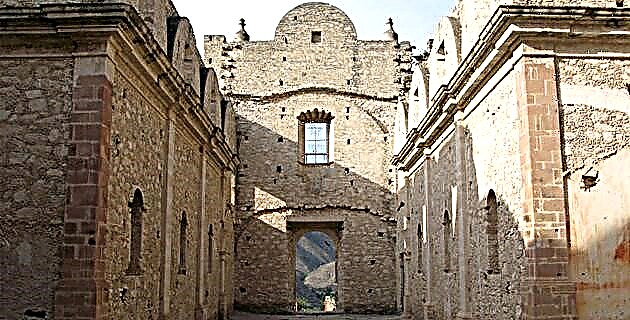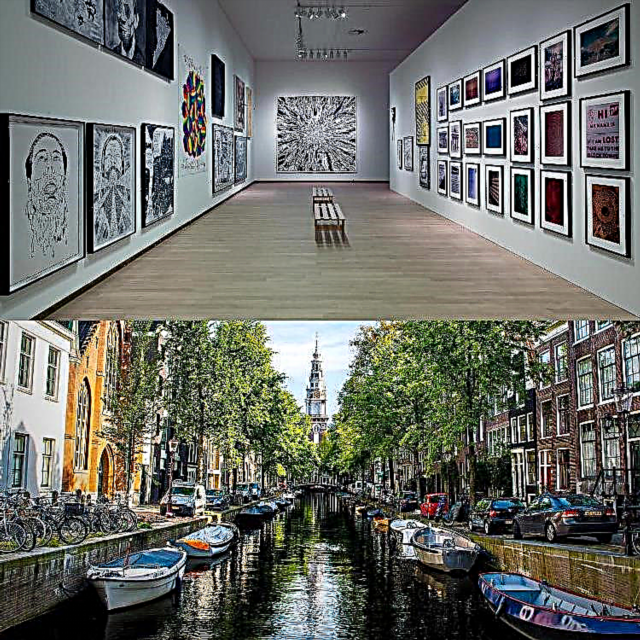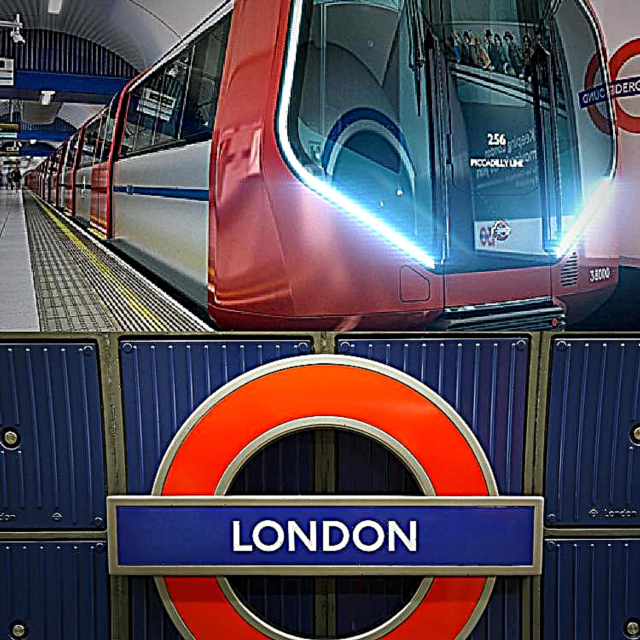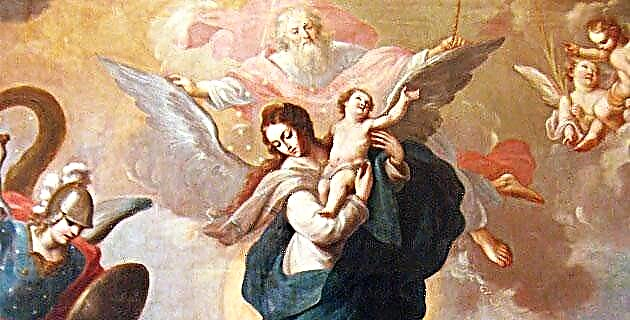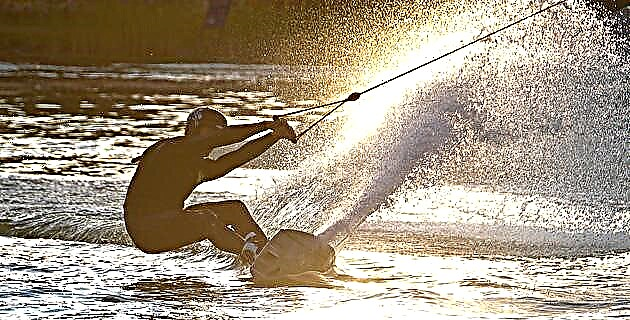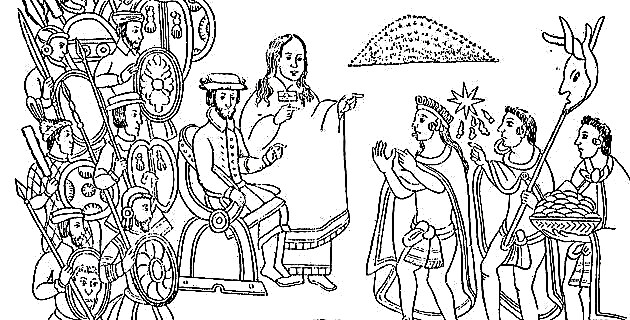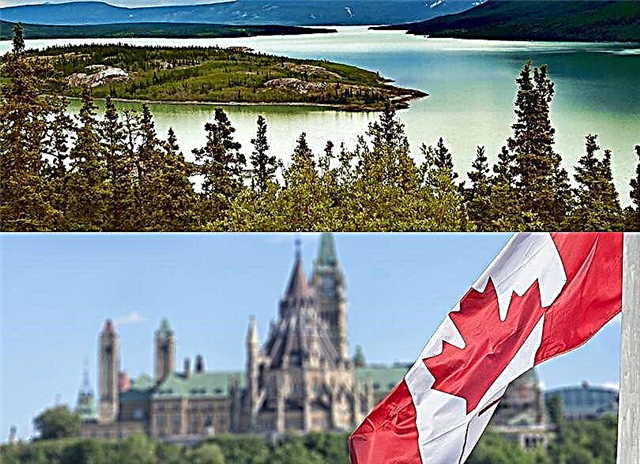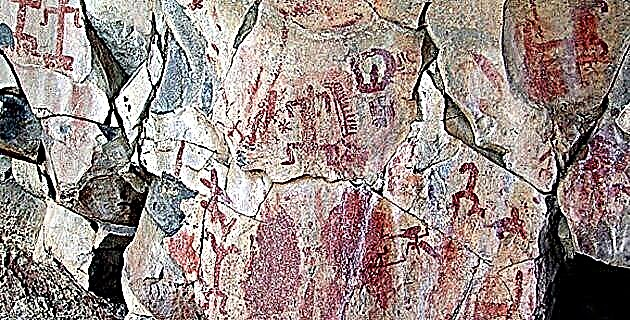
The Central-North region of Mexico is characterized by being the home of descendants of indigenous Chichimecas confined in two “missions”: the one above and the one below.
The Victorenses subsist on the cultivation of the land and, to a lesser extent, on raising livestock. Some migrate to the northern border and neighboring states in search of better opportunities, which has caused the loss of their identity, as well as their historical roots, which are still observed in the more than 95 rock painting sites in this area. Guanajuato region.
Although in Victoria there are many sites with rock painting, I will only deal with the motifs located in the one known as Arroyo Seco, and which are spread over almost an entire hill associated with the observation of the equinoxes and the spring and summer solstices.
The first thing archaeologists face when studying a site are the questions: who built it? Who lived on that site? And, in the present case, who painted them? To which there is rarely an answer.
Victoria is located in an Otopame region, so we infer that the authors of the paintings did not belong to this group, but that the region was inhabited by indigenous groups of this linguistic branch.
But why talk about this site and not another? Because I believe that the hill on which the paintings were made is directly related to the observation of astronomical phenomena as important as the equinoxes and solstices, which gives a magical and religious character to the motifs represented there.
Those of us who dedicate ourselves, to a greater or lesser extent, to the study of rock paintings, generally complain about the inaccessibility of the sites, since it makes their study difficult. In the case of Victoria, this is not an excuse, since it is quite accessible (it is practically at the foot of the road), which facilitates its study but, at the same time, its deterioration and looting.
THE ENVIRONMENT
A small stream runs at the foot of the hill, which, like most of those that are located in this area, is inhabited by a wide flora and fauna. Of the first, nettles ("bad woman"), garambullo, mesquite, different types of cacti, nopales, huizaches, etc. stand out. Of the fauna we observe coyote, hare, wild cat, rattlesnake, opossum, frogs and different species of reptiles.
Apart from the impressive landscape, the hill has a magical and ritual aspect. The people of the place firmly believe in the legend that speaks of the "watchmen of the paintings", which are rock formations that with a little imagination and the help of light, seem petrified characters that protect the paintings; and on this site there are several of these stone ancestors.
At the top of the hill there are some rock formations of capricious shapes related to the observation of the aforementioned phenomena. Alongside these rocks, there are some inverted conical "wells" carved out of large rocks and aligned with each other.
In these holes perhaps they placed something similar to an antler, or they were filled with water to observe some stellar alignment. To affirm with certainty the relationship of some “markers” with others, it is necessary to observe the solar phenomenon; especially on significant dates such as February 2, March 21 and May 3.
THE MOTIVES
In general terms, it can be said that there are four large groups of motifs: anthropomorphic, zoomorphic, calendrical and geometric.
The most abundant are anthropomorphic and zoomorphic. Within the former, schematic and linear human figures predominate. Most of the figures lack a headdress. Likewise, figures with only three fingers on hands and feet and with headdress or plume are observed.
Two figures stand out; one apparently human, but markedly different in style, associated with the whole of the numerical or calendrical count, which we will see later. The other is a figure painted in yellow with a red breastplate.
The zoomorphic motifs are varied: birds, quadrupeds and some unidentified but appear to be insects with scorpion features can be seen.
Among the motifs that I call calendrical and astronomical, there are several series of ascending straight lines with small perpendicular lines, some with a circle near the center and crowned by others with radial lines. In some cases another similar set appears, but cuts the larger one at an acute angle.
Within the geometric motifs there are concentric circles and others filled with color (some with radial lines), lines forming triangles, crosses and some abstract motifs.
The size of the paintings varies from 40 cm to 3 or 4 cm high. In calendrical and astronomical motifs, the sequences of lines measure little more than one meter.
PAINT ANALYSIS
Why was this place chosen to paint? One of the main reasons was its privileged geographical location, which allowed it to become an important astronomical marker of events such as the equinoxes and solstices; same that to date bring together a multitude of curious and scholars.
The pre-Hispanic inhabitants of the site decided to record, step by step, at different times of the year the sunrise and sunset, and they did so with paint. It is well known that not everyone could paint where, when and how they wanted, but there were specialized people to make the lines and others were in charge of interpreting them to the community.
We assume that the only one who could paint was the shaman or healer and, contrary to what many art historians believe, he did so not only to satisfy a creative need, but because of the requirement to record an important event in the life of the community. , for the development and improvement of a specific group. In this way, the rock painting acquires a magical and religious aspect but with a touch of realism: the representation of an everyday event, with everything immediately associated with the group.
The importance of the site is highlighted by the superposition of paintings from different periods, some of which were made after the conquest, since a marked difference in style is perceived in the paintings, although all of them deal with the same theme: the event astronomical.
Many locals believe that the strange rock formations were placed in this way by man, but others claim that they were made by aliens.
Recent data provide information that corroborates the hypothesis that the paintings of the Arroyo Seco hill narrate the development of the different cycles of the sun by the place and their relevance in the life of the various groups that have inhabited the site since time immemorial.
STRATEGIES FOR ITS CONSERVATION
Because during the equinoxes and solstices the place becomes “crowded”, the danger of looting and deterioration is imminent. To prevent this from happening, some very well defined local strategies have been proposed that are expected to yield short-term results.
One of them is to make the population aware that the sites with rock painting are their heritage and that if they are not protected they will soon disappear. Another form of prevention is the idea that they see in these sites a way to get an economic resource to be hired as authorized guides. For this, it is necessary to organize a "collegiate" group of trained guides whose information and contracting office is built in the facilities of the house of culture or in the municipal palace, where people interested in knowing the rock paintings should go. . Once this body of guides has been created, visits will not be allowed without the corresponding authorization.
It is not advisable to install cyclonic mesh around the terrain, since the surface would be perforated and the archaeological evidence would be damaged.
Another important strategy is the one carried out by the municipal and state authorities to declare the Historic-Cultural Reserve area, which would mainly protect the group of guides and custodians of the site, in addition to granting legal powers to the municipality to legislate on the penalty to the infraction of the regulation.
One more would be the preparation of a photographic record, which would allow the study and analysis of the motifs in the laboratory, as well as the conservation of the paintings.
So Victoria awaits us with a wealth of history to show us, and the least we can do when we visit her is respect these vestiges. Let's not destroy them, they are part of our own historical memory!
IF YOU GO TO VICTORIA
Leaving the D.F., upon reaching the city of Querétaro take federal highway no. 57 heading to San Luis Potosí; After traveling about 62 km, take east towards Doctor Mora. Crossing this town, and about 30 km ahead, you reach Victoria, located at 1,760 meters above sea level in the extreme northeast of the state of Guanajuato. There are no hotels, only a “Guest House” that belongs to the state government, but if you request it in advance from the municipal authorities, you can get accommodation in it.
If you want better tourist services, go to the city of San Luis de la Paz, 46 km away, or in San José Iturbide, 55 km away on a good road.

